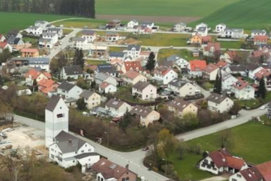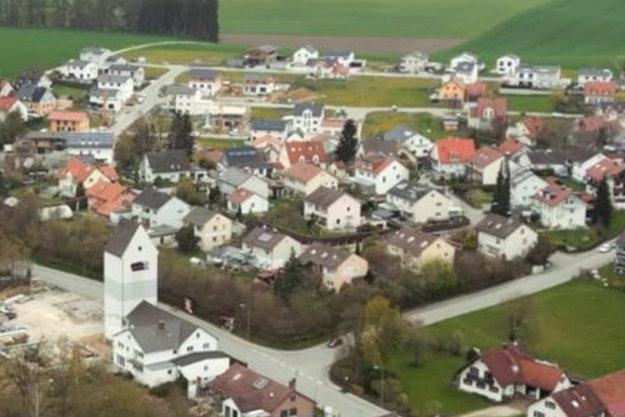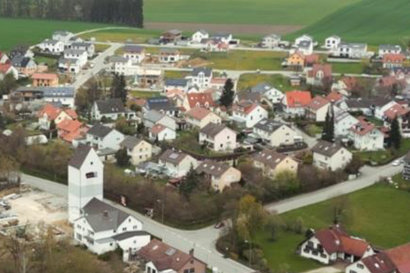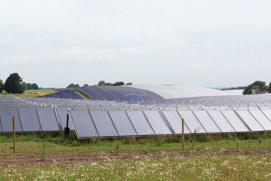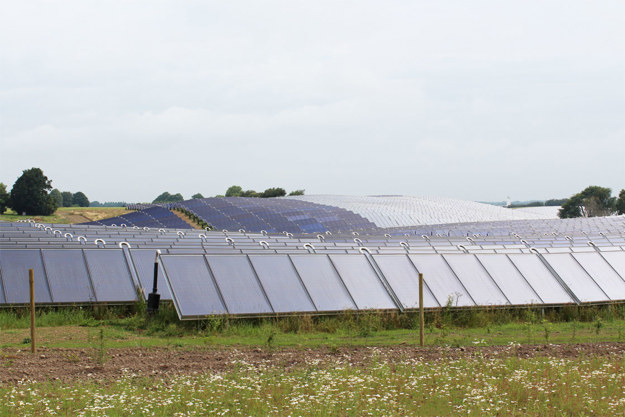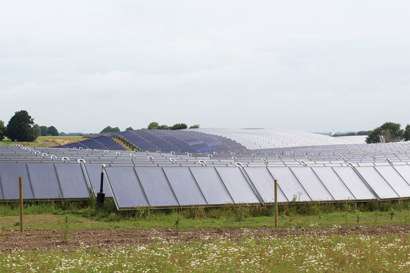Pressure reduction controllers consist of a valve and a pressure actuator. They are used in water and steam applications.
The pressure reduction is set to absolute pressure. It is installed in the flow, before the application where pressure needs to be reduced.
The pressure reducer is required in network locations where the pressure is very high and/or varies a lot.
This typically occurs close to pumping stations in the network. Reducing high pressure enables accurate and stable temperature control of the application behind the pressure reducer.
Features and benefits
Eliminates pressure variations and provide optimum operating conditions with improved temperature control quality
Made for demanding systems, resistant to corrosion, cavitation and dirt
Connected system is protected against pressure surges, fluctuations, cavitation and noise

Differential pressure and flow controllers in district heating or cooling systems (variable flow)
Balance your network, save energy and improve end user comfort by hydronic balancing and control of district energy networks.
Tools and apps
Application guide
FAQ
Case studies
-
if (isSmallPicture) {


 Successful transition from oil boilers to a local heating network in Eurasburg
Successful transition from oil boilers to a local heating network in EurasburgIn the Wittelsbacher Land near Augsburg the local network in Eurasburg supplies heat to 80 buildings using a wood chip heating system. Danfoss’ substations ensure efficient heating in all building types, and its modern SCADA solution enables remote system monitoring and management.
-
if (isSmallPicture) {


 A cost-effective solution: district cooling in central Copenhagen
A cost-effective solution: district cooling in central CopenhagenEnergy efficiency was a major consideration in the design of Copenhagen’s district cooling project, where VLT® drives contribute to reducing CO2 emissions by more than 3000 t annually.
-
if (isSmallPicture) {


 Solar heating plant reduces CO2 emissions by 15,700 tonnes annually
Solar heating plant reduces CO2 emissions by 15,700 tonnes annuallyThe world’s largest solar heating plant in Silkeborg, Denmark harnesses energy to heat the homes and workplaces of 40,000 citizens. It supplies 18-20% of the annual heat consumption in the city of Silkeborg, Denmark, which has an ambitious target of CO2 neutrality in heat production by the year 2030.



